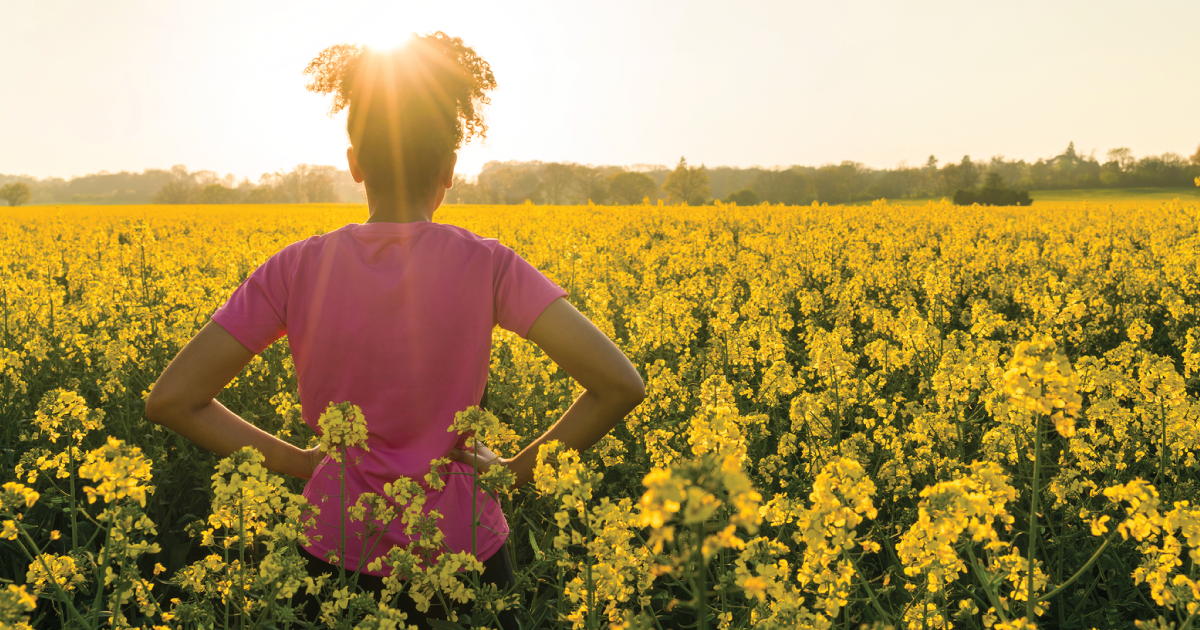
The Most Important Paper Dr. Mercola Has Ever Written
All things considered, vitamin D optimization is likely the easiest, least expensive and most beneficial strategy that anyone can do to minimize their risk of COVID-19 and other infections in the coming months. Health authorities are already warning of a second wave of COVID-19 in the fall, which means the time to start addressing your vitamin D level is NOW.
June 22, 2020 | Source: Mercola.com | by Dr. Joseph Mercola
All things considered, vitamin D optimization is likely the easiest, least expensive and most beneficial strategy that anyone can do to minimize their risk of COVID-19 and other infections in the coming months. Health authorities are already warning of a second wave of COVID-19 in the fall, which means the time to start addressing your vitamin D level is NOW.
We also have a pandemic of vitamin D deficiency, as more than 1 billion individuals worldwide, across all age groups, are deficient in vitamin D.1,2,3,4Vitamin D deficiency has now been identified as a significant risk factor for positive COVID-19 status,5,6 severe COVID-19 infection7,8,9,10 and death thereof.11,12 I discuss this in “Vitamin D Is Directly Correlated to COVID-19 Outcome.”
In one study,13,14 which looked at data from 780 hospital patients in Indonesia, those with a vitamin D level between 20 nanograms per milliliter (ng/mL) and 30 ng/mL had a sevenfold higher risk of death than those with a level above 30 ng/mL. Having a level below 20 ng/mL was associated with a 12 times higher risk of death.
To improve your immune function and lower your risk of viral infections, you’ll want to raise your vitamin D to a level between 60 ng/mL and 80 ng/mL by fall. In Europe, the measurements you’re looking for are 150 nmol/L and 200 nmol/L. If vitamin D levels were increased in the global population, tens of thousands of people may be saved if or when COVID-19 reemerges.
While prospective controlled studies demonstrating vitamin D’s effectiveness in COVID-19 are still lacking, there are many such studies underway. You can review the status of these trials on clinicaltrials.gov.15 As of early June 2020, more than 20 studies had been launched to investigate the benefits of vitamin D against COVID-19.
The Most Important Paper I’ve Ever Written
For the last three weeks, I have been writing a comprehensive report on vitamin D in the prevention of COVID-19. The report has been reviewed by many vitamin D scientists for accuracy. This was done to develop a resource that everyone can share to help educate others. We will soon be launching a campaign to educate and inspire everyone, everywhere, to start optimizing their vitamin D level NOW. Please download my paper here, and share it with everyone you know.
The purpose of this report is to help you understand why it is so important to optimize vitamin levels for healthy immune functions and then provide you with a detailed strategy of how to do that. This report can be used as a tool to teach your friends, family and community about why and how to be prepared for the next pandemic.
In it, I review the science of how your immune system works, and the regulatory role of vitamin D. I also explain how vitamin D reduces your risk of COVID-19 specifically, and how it helps suppress and control both acute respiratory distress syndrome (ARDS) and cytokine storms, which is a primary cause of death in COVID-19.
Darker-Skinned Individuals Need More Vitamin D
Vitamin D optimization is particularly important for dark-skinned individuals, as the darker your skin, the more sun exposure you need to raise your vitamin D level. Increased skin pigmentation reduces the efficacy of UVB because melanin functions as a natural sunblock.
If you’re very dark-skinned, you may need to spend about 1.5 hours a day in the sun to have any noticeable effect. For many working adults and school-age children, this simply isn’t feasible.
Light-skinned individuals may only need 15 minutes of full sun exposure a day, which is far easier to achieve. Still, they too will typically struggle to maintain ideal levels during the winter. During the winter months at latitudes of greater than 40°, little or no UVB radiation reaches the surface of the earth. That said, residence at low latitude does not guarantee adequate vitamin D levels, since social and cultural norms may limit sun exposure.16
As noted in the MedCram video above, black, Asian and minority ethnic groups are at an increased risk of death from COVID-19. While some have blamed this racial disparity on health care access, a far more likely reason for this is because dark-skinned individuals are far more likely to be deficient in vitamin D.
In fact, the paper cited by MedCram specifically looked at ethnic disparities in COVID-19 mortality among patients in England, where health care is freely available to all, so the health care access rationale doesn’t seem to hold water.
